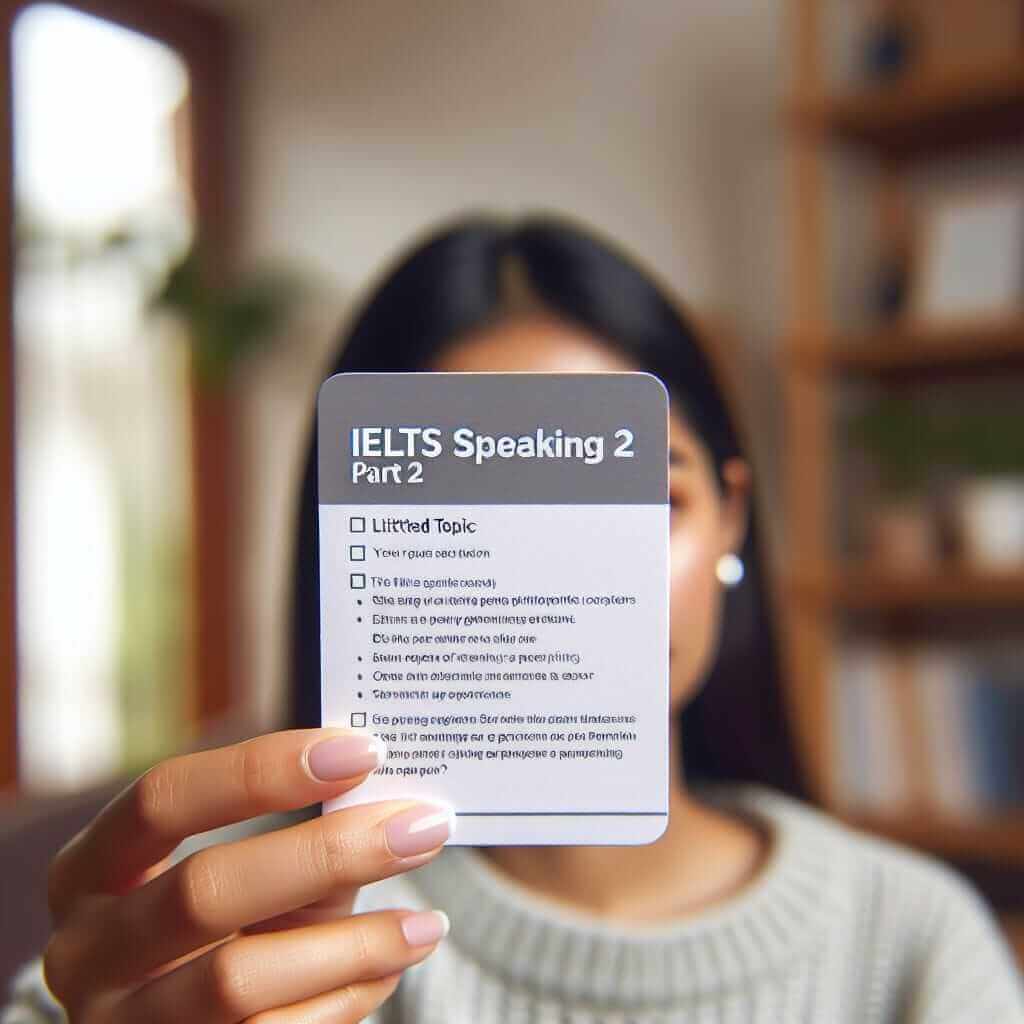As an IELTS instructor with over 20 years of experience, I’ve learned that a well-executed demo class can be the key to attracting students and building a successful teaching career. It’s an opportunity to showcase your expertise, teaching style, and understanding of the IELTS exam. But how do you deliver a demo class that truly resonates with potential students?
Nội dung bài viết
- Understanding Your Audience and Objectives
- Who are you demoing for?
- What are your goals?
- Structuring an Effective IELTS Demo Class
- 1. Introduction and Icebreaker (5-7 minutes)
- 2. Focus Skill Overview (10-15 minutes)
- 3. Interactive Activity and Sample Task (15-20 minutes)
- 4. Q&A and Closing (5 minutes)
- Content Tips and Considerations
- Conclusion
This comprehensive guide will delve into the strategies and techniques to create an engaging and informative IELTS demo class. Whether you’re a seasoned educator or just starting your IELTS teaching journey, these insights will equip you with the tools to leave a lasting impression.
Understanding Your Audience and Objectives
Before diving into content creation, it’s crucial to define your target audience and objectives.
Who are you demoing for?
- Prospective IELTS students: These individuals are likely unfamiliar with your teaching style and are looking for guidance and support in their IELTS preparation.
- Language centers or online platforms: These organizations want to assess your teaching abilities, subject matter expertise, and how effectively you can engage students.
What are your goals?
- Demonstrate your expertise: Showcase your deep understanding of the IELTS exam format, scoring criteria, and common challenges faced by test-takers.
- Highlight your teaching methodology: Emphasize your unique approach to teaching IELTS, whether it’s through interactive activities, personalized feedback, or a focus on specific skills.
- Build rapport and trust: Create a welcoming and supportive learning environment where potential students feel comfortable asking questions and participating actively.
Structuring an Effective IELTS Demo Class
A well-structured demo class ensures a smooth flow of information and maximizes student engagement.
1. Introduction and Icebreaker (5-7 minutes)
- Begin by introducing yourself and your experience teaching IELTS.
- Engage students with an icebreaker activity related to the IELTS exam or English language learning. This could be a simple question like:
- “What are your biggest concerns about the IELTS Speaking test?”
- “Why are you taking the IELTS exam?”
2. Focus Skill Overview (10-15 minutes)
- Choose one specific skill from any of the four IELTS modules (Listening, Reading, Writing, or Speaking) to focus on for the demo.
- Provide a brief overview of the chosen skill, explaining its relevance to the IELTS exam and common challenges faced by test-takers.
- Example: If focusing on IELTS Speaking Part 2, explain the task, the assessment criteria, and typical difficulties students encounter (e.g., time management, idea generation).
3. Interactive Activity and Sample Task (15-20 minutes)
- Engage students in an interactive activity directly related to the chosen skill.
- This could involve:
- A mini-mock speaking test with feedback
- A collaborative writing task
- Analysis of a short listening or reading passage
- Example: For IELTS Speaking Part 2, provide students with a sample topic card and allow them 1 minute to prepare and 2 minutes to speak. Offer concise and constructive feedback, focusing on fluency, vocabulary, grammar, and pronunciation.
 Interactive IELTS Activities
Interactive IELTS Activities
4. Q&A and Closing (5 minutes)
- Allocate time for questions from the audience. This allows potential students to clarify doubts and get personalized insights.
- Summarize key takeaways from the demo class and reiterate your value proposition as an IELTS instructor.
Content Tips and Considerations
- Choose relevant and relatable content: Select topics or tasks that resonate with your target audience’s interests and goals.
- Emphasize practical strategies: Share actionable tips and techniques that students can immediately apply to their IELTS preparation.
- Use authentic IELTS materials: Incorporate sample questions, prompts, or passages from official IELTS practice materials to familiarize students with the exam format.
- Provide constructive feedback: Offer clear, specific, and encouraging feedback that helps students understand their strengths and areas for improvement.
- Be mindful of time constraints: Practice your demo beforehand to ensure it fits within the allotted timeframe.
Conclusion
A successful IELTS demo class goes beyond simply showcasing your knowledge; it’s about creating an engaging and valuable experience for potential students. By understanding your audience, structuring your class effectively, and delivering your content with confidence and enthusiasm, you can make a lasting impression and attract eager learners to your IELTS courses.


